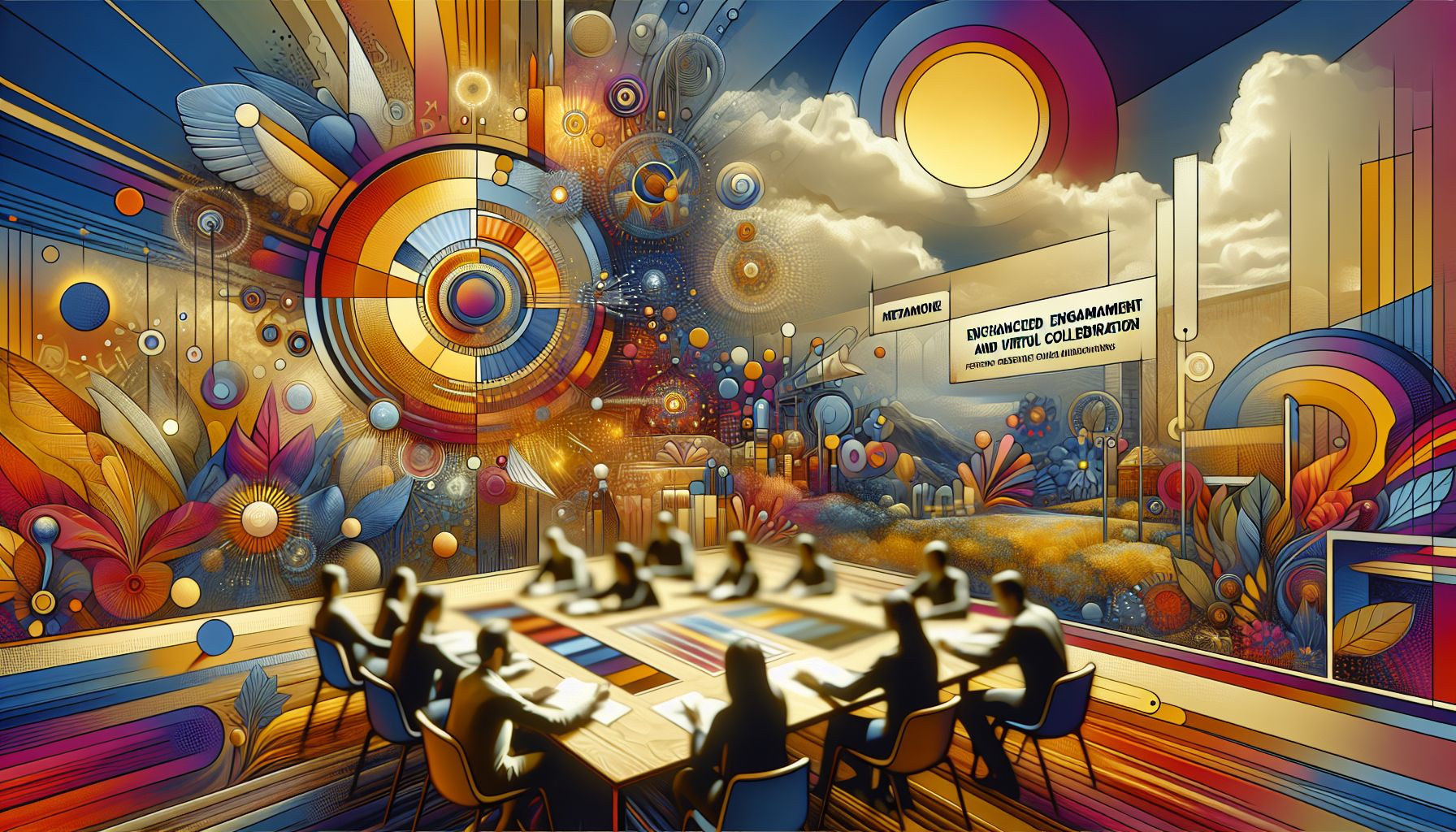Virtual Meetings Enhance Engagement and Focus, TNO Study Finds

TNO research reveals that virtual environments improve participant engagement and concentration, highlighting the potential for better remote work and collaboration.
Introduction to Social XR Technology
Social XR, or Social Extended Reality, is a groundbreaking innovation that allows individuals to meet in 3D virtual environments. This technology goes beyond traditional video conferencing by providing a more immersive and interactive experience. According to TNO’s research, Social XR meetings are reported to be more enjoyable and engaging, with participants experiencing higher levels of concentration compared to physical and video meetings[1].
Benefits of Social XR in the Workplace
The study conducted by TNO highlights several key benefits of using Social XR technology in the workplace. Participants found these virtual meetings to be more efficient due to features like easily requesting attention. This technology helps in reducing the common issues associated with online video conferencing, such as fatigue, depression, and loneliness caused by lack of social interaction[1]. The enhanced engagement and concentration levels can lead to more productive meetings and better collaboration among team members.
How Social XR Works
Social XR technology leverages Virtual Reality (VR) to create a 3D environment where participants can interact as if they were in the same physical space. This setup includes the use of VR headsets and motion-tracking devices to capture and replicate the participants’ movements and gestures in real-time. The immersive nature of Social XR allows for more natural and effective communication, as it adds nonverbal cues that are often missing in traditional video calls[1].
TNO’s Vision and Collaborations
TNO, based in the Netherlands, is at the forefront of this innovation. Gjalt Loots, Senior Project Manager at TNO ICT Strategy & Policy (ISP), has been vocal about the potential of VR in transforming the workplace. TNO is also intensifying its cooperation with South Korea and Japan to explore smart cities, mobility, and semiconductors, aiming for 80% of Dutch working people to have a job matching their skills by 2030[1].
Comparing Social XR with Traditional Video Conferencing
Traditional video conferencing platforms like Zoom have become essential tools for remote work, especially during the COVID-19 pandemic. However, these platforms come with their own set of challenges, such as distractions and the tendency for participants to multitask. On the other hand, Social XR provides a more engaging and focused environment, making it a superior alternative for virtual meetings[2].
The Future of Virtual Meetings
As companies continue to adapt to remote work, the adoption of Social XR technology is expected to grow. The ability to create deeper, more trusting connections with colleagues through immersive virtual meetings could revolutionize the way we work. This technology not only enhances communication but also fosters a more inclusive and collaborative work environment, paving the way for future innovations in remote work[3].

